Welcome to your go-to guide for mastering maintenance and keeping your car in top condition! Mechanics are the unsung heroes for ensuring our vehicles run smoothly, but there are also a few essential car care tips you can easily implement yourself. Whether you’re a seasoned car enthusiast or just learning the ropes, these expert insights will help you stay ahead of any potential issues and keep your ride running like a dream. Let’s dive into the world of maintenance checks and learn how to give your car some tender loving care it deserves.
Regular Maintenance Checks
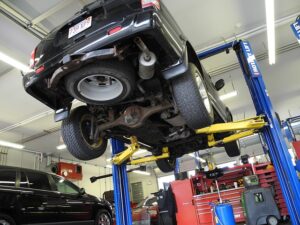 Regular maintenance checks are the cornerstone of keeping your car in prime condition. By staying on top of routine inspections, you can catch potential issues early and prevent costly repairs. One key aspect of regular maintenance is checking your oil levels regularly. Oil is the lifeblood of your engine, so ensuring it’s at the proper level and clean can significantly extend your engine’s lifespan. In addition to oil, inspect other fluids such as coolant, brake, and transmission. These fluids are vital in keeping your car running smoothly and should be checked periodically to ensure they’re at the correct levels.
Regular maintenance checks are the cornerstone of keeping your car in prime condition. By staying on top of routine inspections, you can catch potential issues early and prevent costly repairs. One key aspect of regular maintenance is checking your oil levels regularly. Oil is the lifeblood of your engine, so ensuring it’s at the proper level and clean can significantly extend your engine’s lifespan. In addition to oil, inspect other fluids such as coolant, brake, and transmission. These fluids are vital in keeping your car running smoothly and should be checked periodically to ensure they’re at the correct levels.
Check Fluid Levels
One crucial aspect of car maintenance that often gets overlooked is regularly checking fluid levels. Ensuring that your vehicle has the right amount of fluids can significantly impact its performance and longevity. Start by locating the dipstick for the engine oil and checking if it’s within the recommended range. Low engine oil can lead to increased friction and potential damage to vital components. Next, move on to inspecting the coolant level in the reservoir. Coolant helps regulate your engine’s temperature, so ensuring it’s at the proper level is essential for preventing overheating.
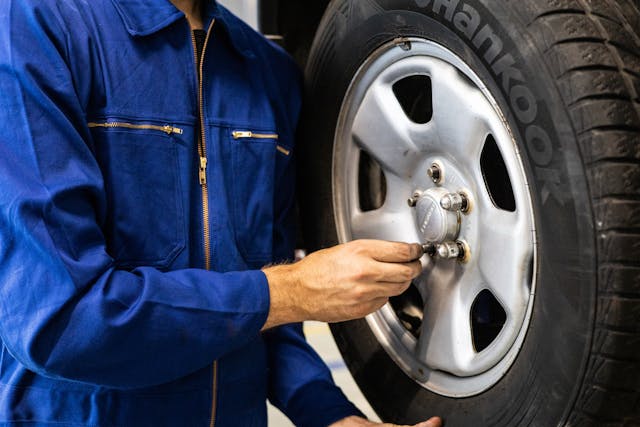
Inspect Tires
Your vehicle’s tires are the unsung heroes of your daily commute, enduring rough roads and varying weather conditions without complaint. To keep them in top shape, regular tire inspections are crucial. Start by checking the tire pressure using a gauge – improper inflation can lead to decreased fuel efficiency and uneven wear. Next, visually inspect each tire for signs of damage or wear, like cuts, bulges, or worn treads. These issues can compromise the safety and performance of your tires on the road. Remember to examine the tire sidewalls for any cracks or punctures that may weaken their structure.
Brake Maintenance
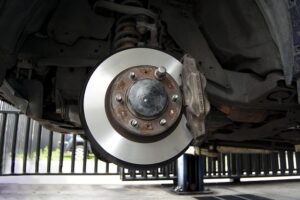 Brake maintenance is crucial for ensuring your safety on the road. Mechanics recommend inspecting your brakes regularly to catch any issues before they become major problems. During a brake inspection, mechanics will check the thickness of your brake pads and look for signs of wear or damage. They will also inspect the brake rotors and calipers to ensure everything is functioning properly. If you notice any unusual noises when braking, such as grinding or squealing sounds, it’s essential to have your brakes checked immediately.
Brake maintenance is crucial for ensuring your safety on the road. Mechanics recommend inspecting your brakes regularly to catch any issues before they become major problems. During a brake inspection, mechanics will check the thickness of your brake pads and look for signs of wear or damage. They will also inspect the brake rotors and calipers to ensure everything is functioning properly. If you notice any unusual noises when braking, such as grinding or squealing sounds, it’s essential to have your brakes checked immediately.
Ignoring these warning signs can lead to more expensive repairs down the line. By following these essential car care tips recommended by mechanics, you can prolong the life of your vehicle, improve its performance, and ensure a safe driving experience for you and your passengers. Remember that preventive maintenance is key in avoiding unexpected breakdowns and costly repairs down the road. Prioritize regular checks and tune-ups to keep your car running smoothly for years to come.

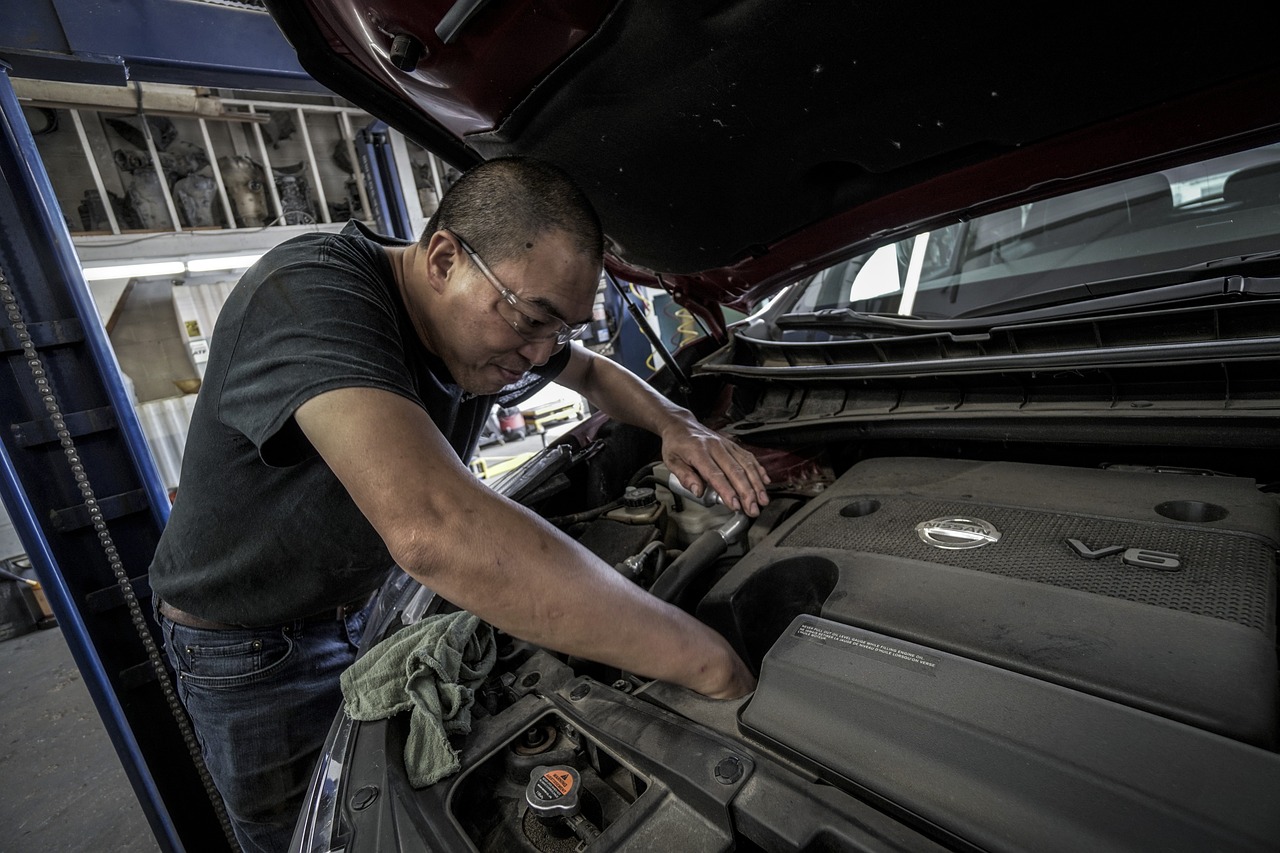
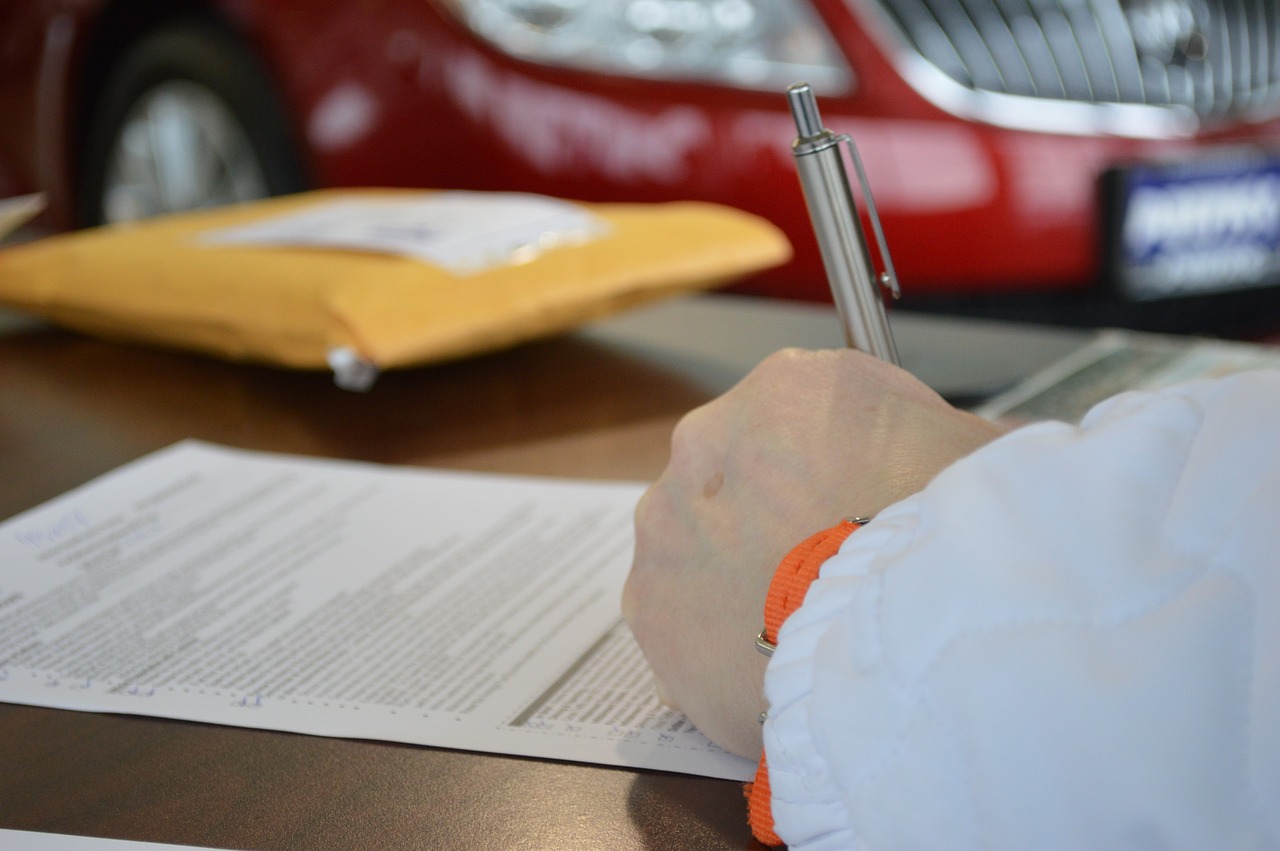

 Auto insurance policies often include the coverage you may not need, such as rental car reimbursement or roadside assistance. While these features may seem convenient, they can add high costs to your premiums. To save money on auto insurance, review your policy and consider removing any coverage you don’t need. Understanding the secrets of your auto insurance policy can help you save money and make the most of your coverage. By negotiating your premiums, disputing claims, maintaining a good credit score, researching the value of your car, and reviewing your policy for unnecessary coverage, you can ensure that you have the right coverage at a fair price.
Auto insurance policies often include the coverage you may not need, such as rental car reimbursement or roadside assistance. While these features may seem convenient, they can add high costs to your premiums. To save money on auto insurance, review your policy and consider removing any coverage you don’t need. Understanding the secrets of your auto insurance policy can help you save money and make the most of your coverage. By negotiating your premiums, disputing claims, maintaining a good credit score, researching the value of your car, and reviewing your policy for unnecessary coverage, you can ensure that you have the right coverage at a fair price.
 One of the most common problems people have with their cars is a faulty windshield wiper. If your windshield wipers are not working properly, it can be hazardous. Make sure to check them regularly and replace them if necessary.
One of the most common problems people have with their cars is a faulty windshield wiper. If your windshield wipers are not working properly, it can be hazardous. Make sure to check them regularly and replace them if necessary. One of the most common vehicle repairs is an oil change. Over time, your car’s engine oil breaks down and becomes less effective at lubricating and cooling your engine.
One of the most common vehicle repairs is an oil change. Over time, your car’s engine oil breaks down and becomes less effective at lubricating and cooling your engine.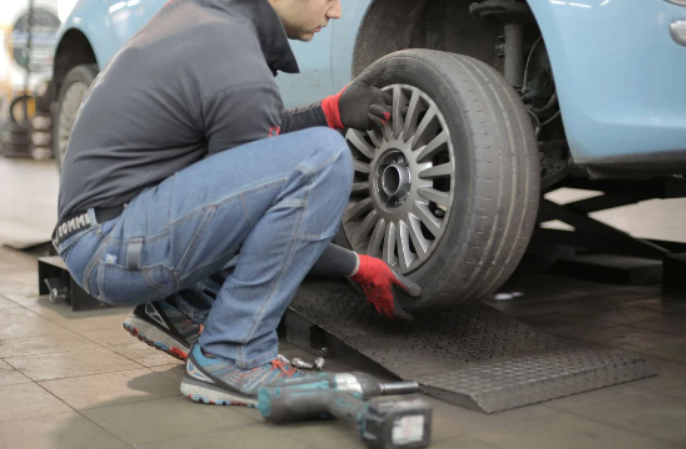 As your brake pads wear down, they become less effective at stopping your car. This can eventually lead to dangerous situations if you don’t replace them on time.
As your brake pads wear down, they become less effective at stopping your car. This can eventually lead to dangerous situations if you don’t replace them on time.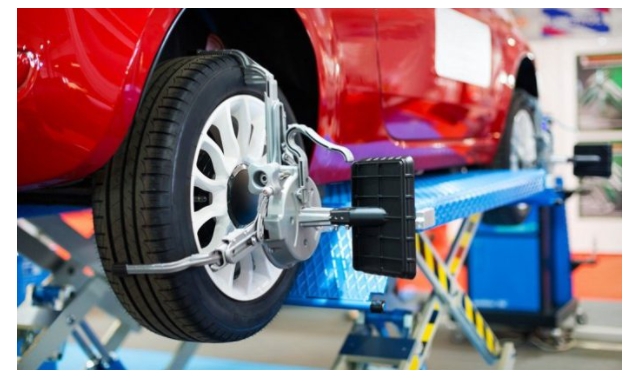
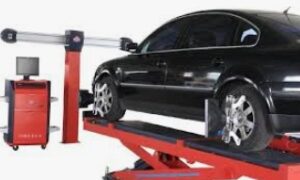 When the vehicle’s wheels are misaligned, it becomes difficult to steer. This means you might find yourself holding a steering wheel in an awkward position and you might end up veering from one side to another. Remember that poor control can cause an accident. With wheel alignment, you can avoid this problem and ensure you can control the car well.
When the vehicle’s wheels are misaligned, it becomes difficult to steer. This means you might find yourself holding a steering wheel in an awkward position and you might end up veering from one side to another. Remember that poor control can cause an accident. With wheel alignment, you can avoid this problem and ensure you can control the car well.
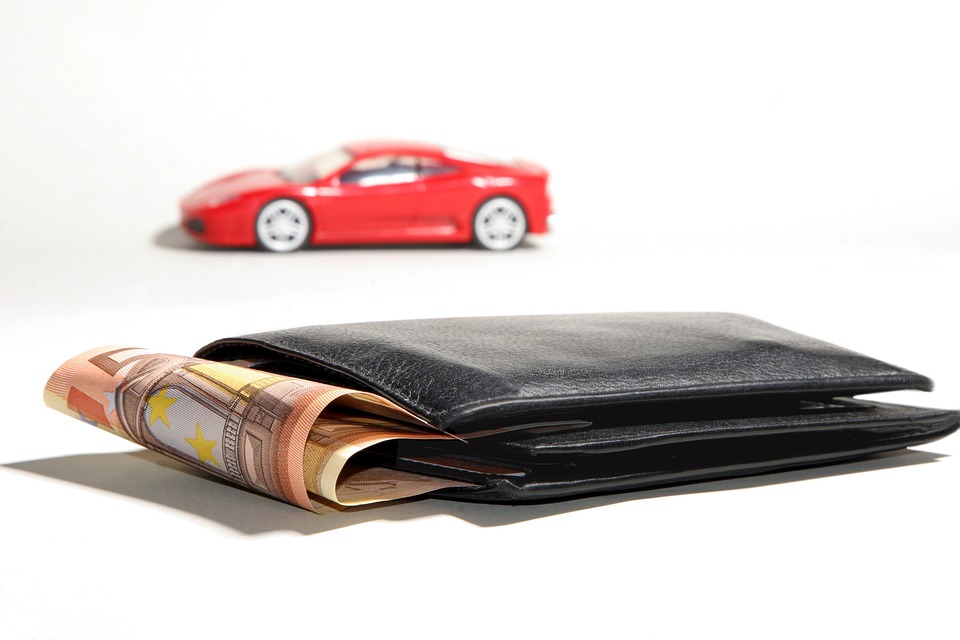
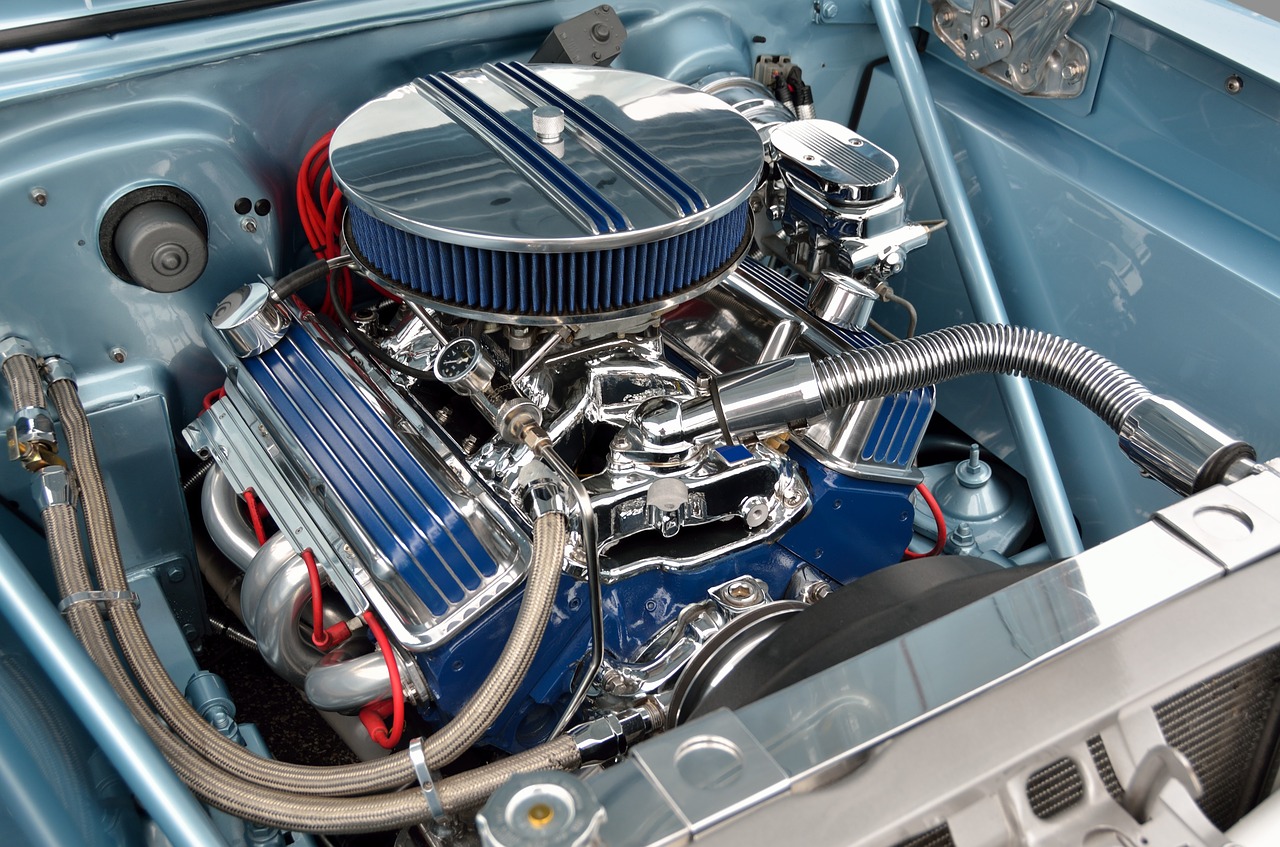
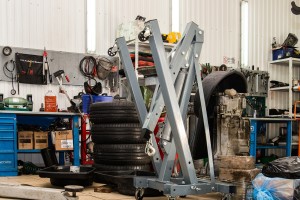

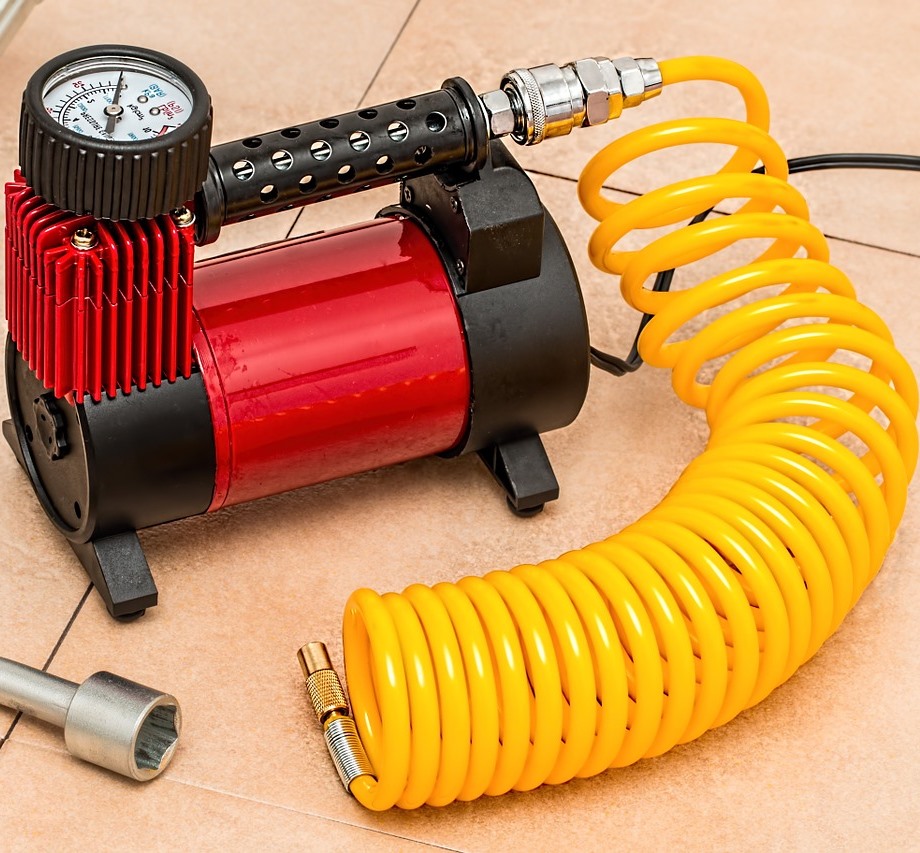
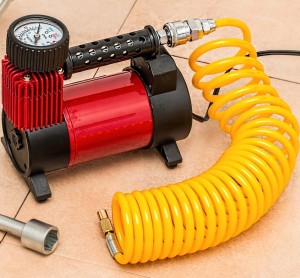
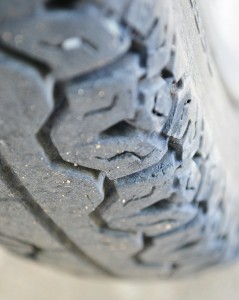 You need to determine the workload accurately and by that workload, choose your machine. For household uses and small pneumatic machines, you can purchase a low powered device which will do what is necessary and also save on fuel. On the other hand, if you require the compressor for some commercial or industrial use, then you will need to buy a powerful model which can handle the heavy workload. Using the wrong device can lead to accidents and machine failures which will result in losses for you.
You need to determine the workload accurately and by that workload, choose your machine. For household uses and small pneumatic machines, you can purchase a low powered device which will do what is necessary and also save on fuel. On the other hand, if you require the compressor for some commercial or industrial use, then you will need to buy a powerful model which can handle the heavy workload. Using the wrong device can lead to accidents and machine failures which will result in losses for you.

 Motor insurance companies won’t always pay compensation easily even when you genuinely deserve it. They will take you in circles hoping that you will give up on the compensation. However, with the input and advice of a motoring lawyer, you will be in a better position to bargain for motor damage insurance especially if you are not to blame for the accident.
Motor insurance companies won’t always pay compensation easily even when you genuinely deserve it. They will take you in circles hoping that you will give up on the compensation. However, with the input and advice of a motoring lawyer, you will be in a better position to bargain for motor damage insurance especially if you are not to blame for the accident.
 ing to do as a car dealer to get a license. The procedure of getting a license varies from one place to another. Remember that certain licenses may have certain requirements for application. You should try and locate the local office in charge of transport and motor vehicles.
ing to do as a car dealer to get a license. The procedure of getting a license varies from one place to another. Remember that certain licenses may have certain requirements for application. You should try and locate the local office in charge of transport and motor vehicles. , there is car dealership insurance, which you should sort out first. Remember that the insurance covers your dealership against fire, accidents, and theft. Public liability ensures that you are covered in case a person is injured within your premises.
, there is car dealership insurance, which you should sort out first. Remember that the insurance covers your dealership against fire, accidents, and theft. Public liability ensures that you are covered in case a person is injured within your premises.



 Centreville being a census-designated place in Virginia can at times be hectic to wind through especially with a taxi driver who is not used to it. That is why I trust my favorite Centreville taxi service for I am sure I won’t be delayed to arrive at the place I need. They have got the experience in the taxi services which have enabled them to be liked by many people around here. Apart from the experience of their drivers, these drivers are competent and licensed to operate taxis services within Centreville. Nothing is irritating as being caught by a cop and your driver locked for lack of proper documentation for their services.
Centreville being a census-designated place in Virginia can at times be hectic to wind through especially with a taxi driver who is not used to it. That is why I trust my favorite Centreville taxi service for I am sure I won’t be delayed to arrive at the place I need. They have got the experience in the taxi services which have enabled them to be liked by many people around here. Apart from the experience of their drivers, these drivers are competent and licensed to operate taxis services within Centreville. Nothing is irritating as being caught by a cop and your driver locked for lack of proper documentation for their services.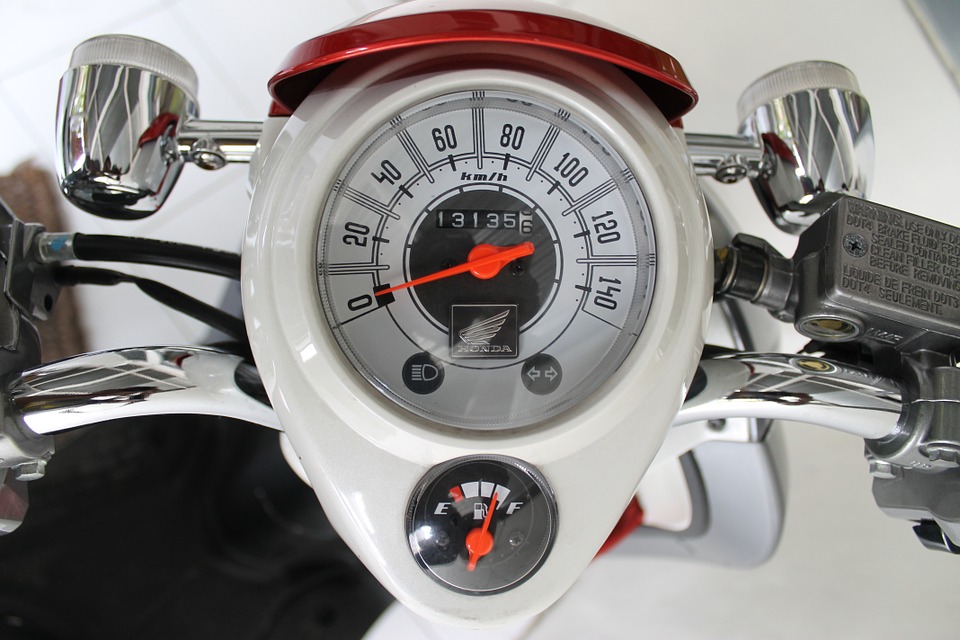


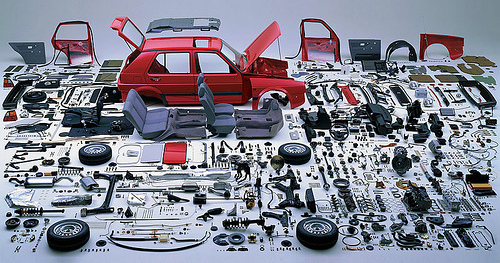
 With every promotion, the person starts to earn more and more. They are able to build a portfolio of achievements over a certain period of time. A portfolio that would help them professionally by gaining a better position in another company. In addition, when a person starts to earn, the intention is also to accumulate assets. Assets such as cars. After all, it is our dream to have a car of our own while we are growing up.
With every promotion, the person starts to earn more and more. They are able to build a portfolio of achievements over a certain period of time. A portfolio that would help them professionally by gaining a better position in another company. In addition, when a person starts to earn, the intention is also to accumulate assets. Assets such as cars. After all, it is our dream to have a car of our own while we are growing up. That is good until you get the feeling of the car itself, you cannot be sure of it. On the contrary, you have to sit in the driving seat, take a test drive prior to making a buying decision. Moreover, even choosing a color of the car online can be problematic. A lot of times, the name of the colors does not reflect the real color. In addition, by visiting a car showroom, car dealers can show you around the cars that are in the showroom that fit your budget.
That is good until you get the feeling of the car itself, you cannot be sure of it. On the contrary, you have to sit in the driving seat, take a test drive prior to making a buying decision. Moreover, even choosing a color of the car online can be problematic. A lot of times, the name of the colors does not reflect the real color. In addition, by visiting a car showroom, car dealers can show you around the cars that are in the showroom that fit your budget.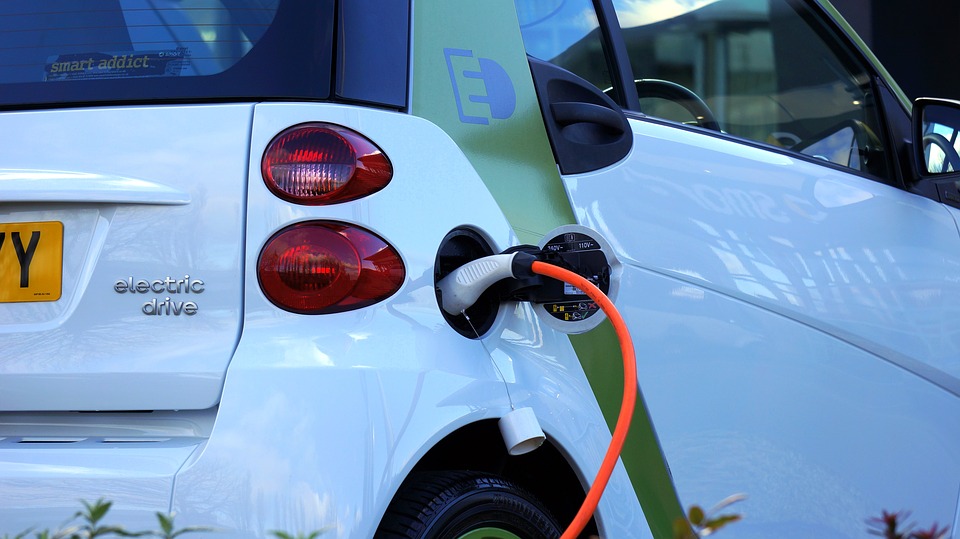
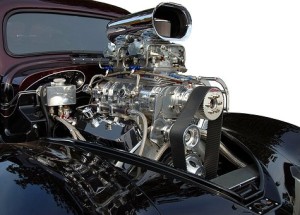
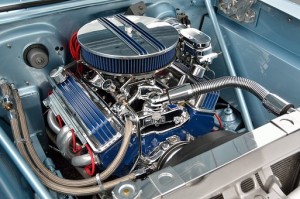
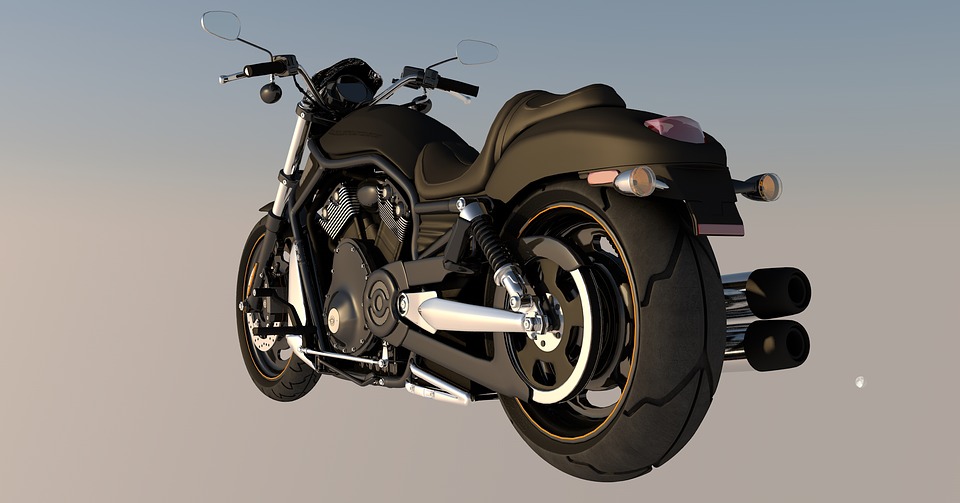


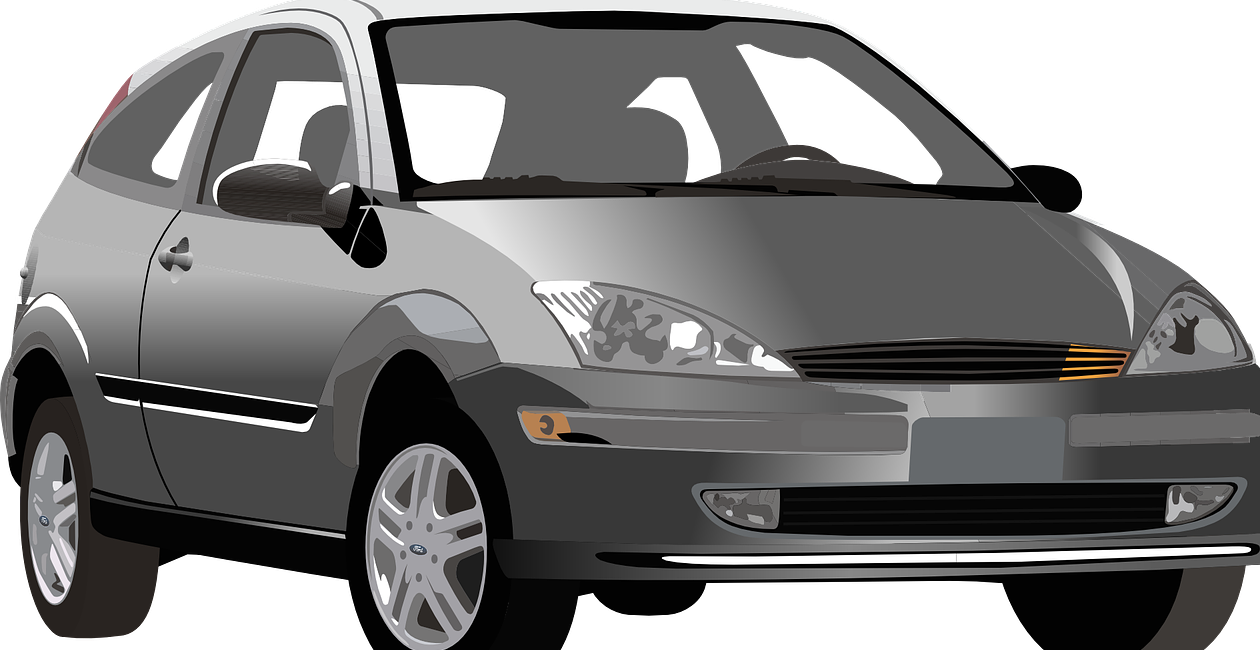

 The policies of a company may either work to your favor or not. Opt for a company that offers friendly policies to avoid any probable stress in case anything goes wrong during your trip. Cancellation and extension policies are some of the main ones to check. Offers such as mileage dependent discounts should also be a real incentive to you as they provide you an opportunity to save some money. If you are unsure of anything, make sure to get clarification before making your final decision.
The policies of a company may either work to your favor or not. Opt for a company that offers friendly policies to avoid any probable stress in case anything goes wrong during your trip. Cancellation and extension policies are some of the main ones to check. Offers such as mileage dependent discounts should also be a real incentive to you as they provide you an opportunity to save some money. If you are unsure of anything, make sure to get clarification before making your final decision.
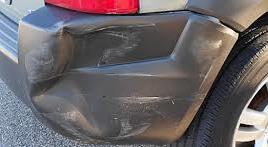 of a technician. The bumper is the front part of the car, and it gives the car the looks, and it can be identified as the face of the car.
of a technician. The bumper is the front part of the car, and it gives the car the looks, and it can be identified as the face of the car.

 A two-seater sports car can be a thrilling way to make your wedding a memorable event as it will have gone beyond the conventions that have always been there. Just make sure that you choose a sleek sports car that is top of the line and one that you will both enjoy being in. You should make sure that your wedding colors are taken into consideration when you are hiring the sports car so that its color can match your wedding theme. Rehearsing your exit ahead of time is also a crucial part of the process so make sure that you do this.
A two-seater sports car can be a thrilling way to make your wedding a memorable event as it will have gone beyond the conventions that have always been there. Just make sure that you choose a sleek sports car that is top of the line and one that you will both enjoy being in. You should make sure that your wedding colors are taken into consideration when you are hiring the sports car so that its color can match your wedding theme. Rehearsing your exit ahead of time is also a crucial part of the process so make sure that you do this.

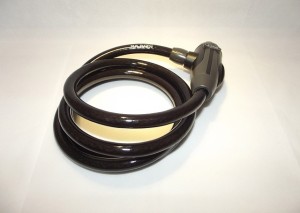


 fficult. You just need to fill the driver application and undertake a welcome ride. In the process, a Lyft mentor is tasked with inspecting your car and offering you a practice drive. Ensure you drive safely, and you are friendly. The mentor will take pictures and guide you on how to use Lyft app. You will have the opportunity to ask questions about the company, driving, and earnings. If you pass welcome to ride and meet all Lyft driver requirements, you will start driving. The following are the requirements, which you need to meet as a driver:
fficult. You just need to fill the driver application and undertake a welcome ride. In the process, a Lyft mentor is tasked with inspecting your car and offering you a practice drive. Ensure you drive safely, and you are friendly. The mentor will take pictures and guide you on how to use Lyft app. You will have the opportunity to ask questions about the company, driving, and earnings. If you pass welcome to ride and meet all Lyft driver requirements, you will start driving. The following are the requirements, which you need to meet as a driver: ensure your car meets all set requirements. Other than being 2003 or newer, it should have tires with adequate tread, horn must be working, operational A/C, all lights must be operational, wipers to be in good condition, and seat belts should be available. If you meet Lyft driver requirements, successfully pass welcome ride and background checks, which take a few days, you will start driving. You will be guided through the complete process. Thus, you need to check your email on a routine basis.
ensure your car meets all set requirements. Other than being 2003 or newer, it should have tires with adequate tread, horn must be working, operational A/C, all lights must be operational, wipers to be in good condition, and seat belts should be available. If you meet Lyft driver requirements, successfully pass welcome ride and background checks, which take a few days, you will start driving. You will be guided through the complete process. Thus, you need to check your email on a routine basis.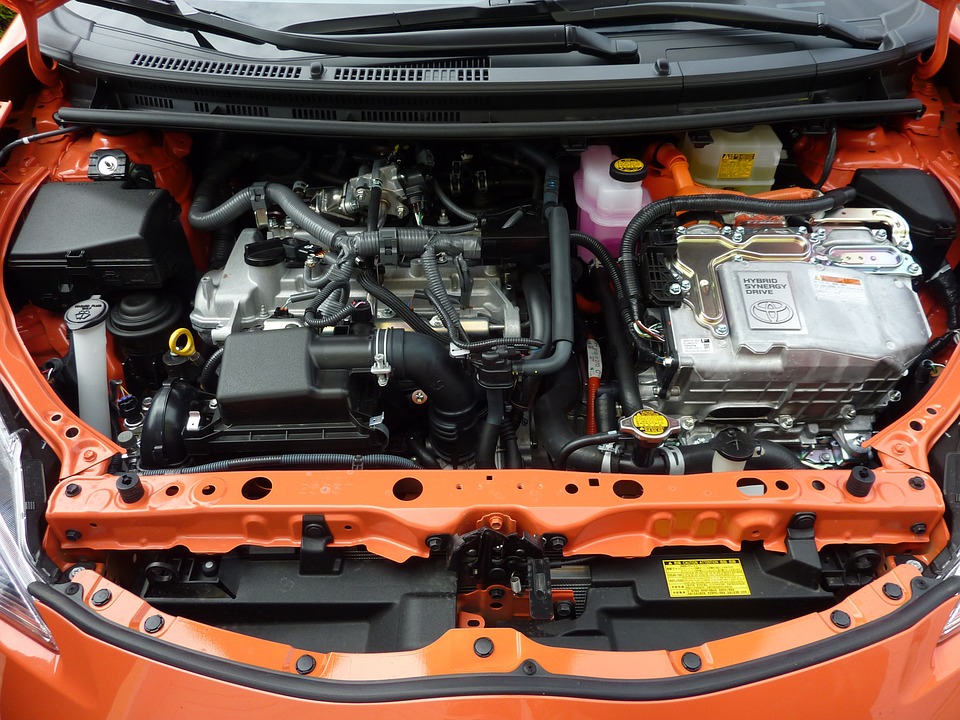
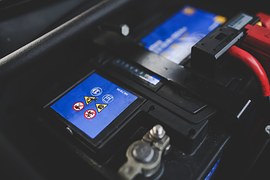 they rarely weigh more than a pound. While they are slightly costlier than conventional battery boosters, they are much easier to carry. And they can also be used to recharge your portable devices such as smartphones and tablets! Here are three of the best portable car battery jump starters that you should consider. They are highly rated by many users.
they rarely weigh more than a pound. While they are slightly costlier than conventional battery boosters, they are much easier to carry. And they can also be used to recharge your portable devices such as smartphones and tablets! Here are three of the best portable car battery jump starters that you should consider. They are highly rated by many users. excellent mini jump starter is 6 inches long, 3 inches wide and 1 inch thick. It is also remarkably light – weighing just 14 ounces. Versapower has an LED light and a USB adapter, and included in the package at purchase is a battery clamp attachment as well as a USB adapter that has a 30-pin mini and micro-USB iOS device plug.
excellent mini jump starter is 6 inches long, 3 inches wide and 1 inch thick. It is also remarkably light – weighing just 14 ounces. Versapower has an LED light and a USB adapter, and included in the package at purchase is a battery clamp attachment as well as a USB adapter that has a 30-pin mini and micro-USB iOS device plug.
 Depending on the location of the race or event, you can look up online and find a car rental company that can provide you with the world’s finest racing car that would suit your needs. You will surely find a handful of businesses that are offering their cars and services. However, you have to take a look at each one of them and determine which of them could provide you with a high-quality automobile and assistance that would make your racing experience a memorable one.
Depending on the location of the race or event, you can look up online and find a car rental company that can provide you with the world’s finest racing car that would suit your needs. You will surely find a handful of businesses that are offering their cars and services. However, you have to take a look at each one of them and determine which of them could provide you with a high-quality automobile and assistance that would make your racing experience a memorable one. The car rental companies may vary when it comes to the rental rate. So, you have to determine this information before you close the transaction with them. Know if they are going to charge you per hour or day. Also, you have to ask them if there are any additional charges.
The car rental companies may vary when it comes to the rental rate. So, you have to determine this information before you close the transaction with them. Know if they are going to charge you per hour or day. Also, you have to ask them if there are any additional charges.
 the area. Since Birmingham is a big city, there was a need to create different service areas; Customers are therefore able to contact the taxi drivers in the area. The transport industry is one industry that thrives on honesty and trust.
the area. Since Birmingham is a big city, there was a need to create different service areas; Customers are therefore able to contact the taxi drivers in the area. The transport industry is one industry that thrives on honesty and trust.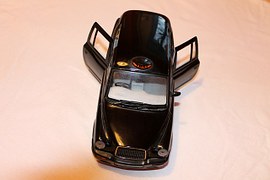 The online booking is another great feature. Customers do not have to travel physically to some offices to book a cab. They can do it remotely from the comfort of their home by just pressing a button. There is also the new order booking service which enables the customers to request for transport without having to send an SMS or make a phone call.
The online booking is another great feature. Customers do not have to travel physically to some offices to book a cab. They can do it remotely from the comfort of their home by just pressing a button. There is also the new order booking service which enables the customers to request for transport without having to send an SMS or make a phone call.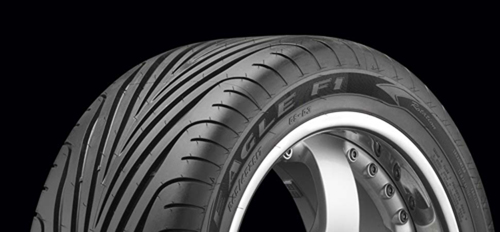

 wo piece jackets. The one piece jacket consist of only a jacket while the two-piece consists of a jacket and pants. When choosing between the two take time and evaluate your style of riding.
wo piece jackets. The one piece jacket consist of only a jacket while the two-piece consists of a jacket and pants. When choosing between the two take time and evaluate your style of riding. quality
quality

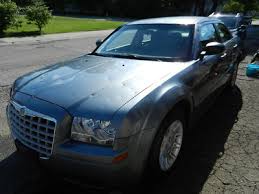 choose for auto hail repair is reputable. A good company should be specializing in this particular area. You can also ask your friends and relatives for recommendations. It is possible to find a company within your locality. Some companies will provide you with their car as they repair yours. This is to ensure you are not inconvenienced. Ask for estimates before hiring auto hail repair company. 9
choose for auto hail repair is reputable. A good company should be specializing in this particular area. You can also ask your friends and relatives for recommendations. It is possible to find a company within your locality. Some companies will provide you with their car as they repair yours. This is to ensure you are not inconvenienced. Ask for estimates before hiring auto hail repair company. 9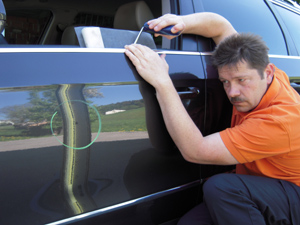
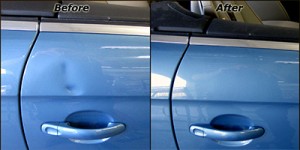 automobile does not get damaged, there are still other motorists out there who are careless. You only wish they would keep a safe distance. Aside from these irresponsible motorists, there are numerous others factors that might result in a dent in your vehicle.
automobile does not get damaged, there are still other motorists out there who are careless. You only wish they would keep a safe distance. Aside from these irresponsible motorists, there are numerous others factors that might result in a dent in your vehicle.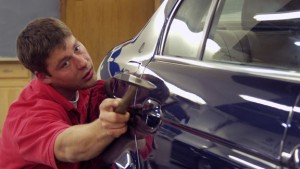 This type of car dent removal makes use of devices, which will certainly massage the damage from your car to keep it looking brand-new. The metal is extended and then smoothed, making certain that the paint job will not peel or rip.
This type of car dent removal makes use of devices, which will certainly massage the damage from your car to keep it looking brand-new. The metal is extended and then smoothed, making certain that the paint job will not peel or rip.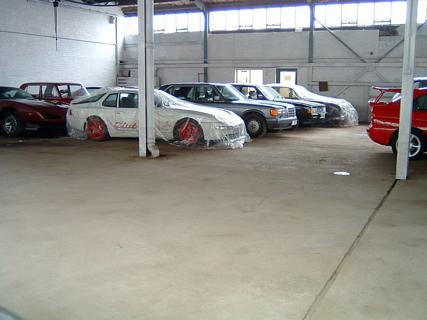
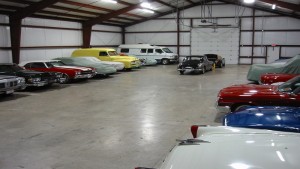 stored in these yards. It may be a wise idea to store the car at an alternative location close to your house. The service provider will almost certainly have one or many security guards working both day and night.
stored in these yards. It may be a wise idea to store the car at an alternative location close to your house. The service provider will almost certainly have one or many security guards working both day and night.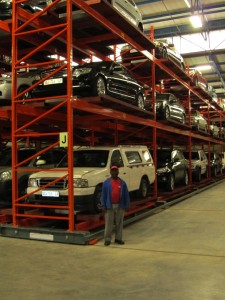 thieves would steal the cars, and the vehicle may be across a border in another state by the time daylight breaks. If you are on a long vacation, the ideal solution would be to store the car in a professionally managed vehicle yard.
thieves would steal the cars, and the vehicle may be across a border in another state by the time daylight breaks. If you are on a long vacation, the ideal solution would be to store the car in a professionally managed vehicle yard.
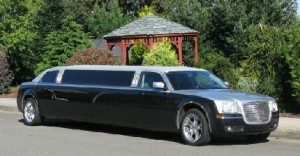 highly experienced drivers. The driver will pick and drop you at your home. These drivers are well-mannered and polite as well.
highly experienced drivers. The driver will pick and drop you at your home. These drivers are well-mannered and polite as well. make your special event remarkable and attractive by doing something extraordinary. Hiring a limo service can easily change your events into awe-inspiring and amazing. However, it is important to select your service provider carefully.
make your special event remarkable and attractive by doing something extraordinary. Hiring a limo service can easily change your events into awe-inspiring and amazing. However, it is important to select your service provider carefully.


 into.
into. ing you will be able to get. You do not wish to end up stuck to a high financing rate. Simply because the vehicle salesman says that it’s the very best rate you can get does not indicate that it is.
ing you will be able to get. You do not wish to end up stuck to a high financing rate. Simply because the vehicle salesman says that it’s the very best rate you can get does not indicate that it is.
 are a few things you must have,
are a few things you must have, Take extra care to place the jack at a point that is designed to hold the weight of the car. Most older motor vehicles have a metallic attachment to indicate where you can place the jack. If you find a particular lug nut tight and you don’t have a short length of pipe to lever the wheel Brace you could stand on the wheel brace.
Take extra care to place the jack at a point that is designed to hold the weight of the car. Most older motor vehicles have a metallic attachment to indicate where you can place the jack. If you find a particular lug nut tight and you don’t have a short length of pipe to lever the wheel Brace you could stand on the wheel brace.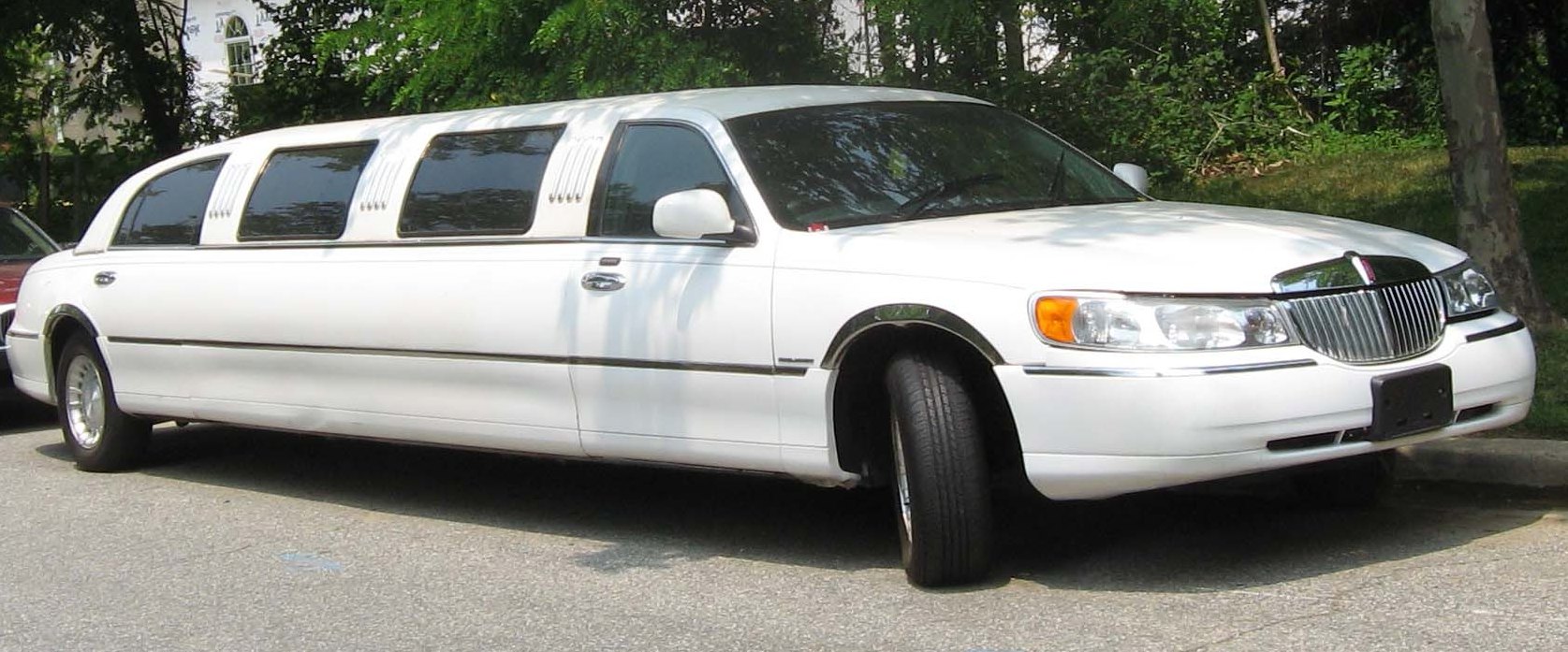
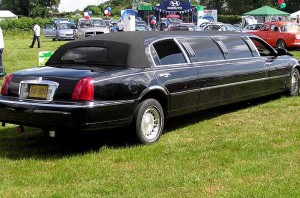 and excited as you ride in it. You can find a high-quality LED panel television as well as a DVD player in the limousine. Moreover, they have satellite TV connection in the car as well. Thus, you can enjoy watching your favorite movie or television show on your way to a party or a meeting. This type of entertainment is ideal for weddings. This is because the bride and groom can watch video footage of congratulations from their friends and family. The picture and sound quality are superb in the entertainment system of a limousine.
and excited as you ride in it. You can find a high-quality LED panel television as well as a DVD player in the limousine. Moreover, they have satellite TV connection in the car as well. Thus, you can enjoy watching your favorite movie or television show on your way to a party or a meeting. This type of entertainment is ideal for weddings. This is because the bride and groom can watch video footage of congratulations from their friends and family. The picture and sound quality are superb in the entertainment system of a limousine.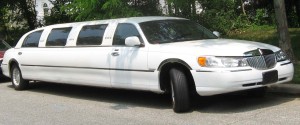 When you are riding in a limousine, you don’t want curious onlookers to see how much fun you are having. You want to keep the details of your fun escapades between you are your buddies. As such, limousines have tinted windows. The people on the outside of the car cannot see you, but you can see them clearly. The tinted windows also create a mysterious atmosphere around you as you arrive at your destination. Everybody sees your limousine pull up but will only see you as you alight the luxurious vehicle. This amazing reveal is one of the features of limousines that is known as star appeal. If you are riding in extraordinary limousines, at that moment in time you are a star.
When you are riding in a limousine, you don’t want curious onlookers to see how much fun you are having. You want to keep the details of your fun escapades between you are your buddies. As such, limousines have tinted windows. The people on the outside of the car cannot see you, but you can see them clearly. The tinted windows also create a mysterious atmosphere around you as you arrive at your destination. Everybody sees your limousine pull up but will only see you as you alight the luxurious vehicle. This amazing reveal is one of the features of limousines that is known as star appeal. If you are riding in extraordinary limousines, at that moment in time you are a star.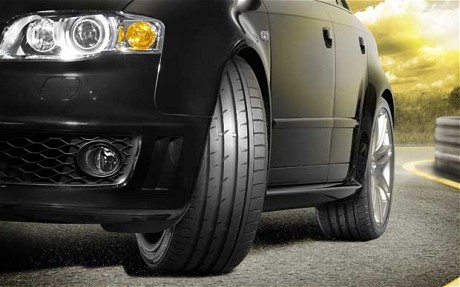
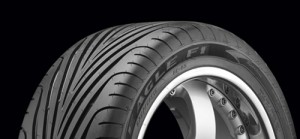 womenfolk who also work in this industry. A small receptacle usually a coconut shell is attached to collect the rubber that drips down the bark of the tree. It is then smoked in an industrial smoke room and rubber sheets are produced. These rubber sheets are collected and handed over to the large rubber dealers. Rubber dealers pay smallholders depending on the grade of rubber that they have produced. Rubber is graded from one to four and grade 1 attracts a better price than the other grades.
womenfolk who also work in this industry. A small receptacle usually a coconut shell is attached to collect the rubber that drips down the bark of the tree. It is then smoked in an industrial smoke room and rubber sheets are produced. These rubber sheets are collected and handed over to the large rubber dealers. Rubber dealers pay smallholders depending on the grade of rubber that they have produced. Rubber is graded from one to four and grade 1 attracts a better price than the other grades.
 accidents, thus costing taxpayers more than 114 billion dollars. Loss of driver license, local imprisonment, house arrest, significant fines and car impoundments are a few of the after results of driving under the influence of alcohol.
accidents, thus costing taxpayers more than 114 billion dollars. Loss of driver license, local imprisonment, house arrest, significant fines and car impoundments are a few of the after results of driving under the influence of alcohol. A DUI or DWI attorney can inspect the case for mistakes, have samples independently assessed, transfer to reduce particular proof, arrange for professional statement and witnesses, contest license suspensions and negotiate minimized penalties and sentences. DUI attorneys concentrate on handling DUI-related cases, and they are usually competent in technicalities consisting of blood analysis, breath test, and drug assessments. DUI attorneys aim to keep motorists out of jail and assist them from losing their drivers’ licenses. They likewise prosecute and protect DUI/ DWI drivers involved in accidents when a casualty or substantial damages happened.
A DUI or DWI attorney can inspect the case for mistakes, have samples independently assessed, transfer to reduce particular proof, arrange for professional statement and witnesses, contest license suspensions and negotiate minimized penalties and sentences. DUI attorneys concentrate on handling DUI-related cases, and they are usually competent in technicalities consisting of blood analysis, breath test, and drug assessments. DUI attorneys aim to keep motorists out of jail and assist them from losing their drivers’ licenses. They likewise prosecute and protect DUI/ DWI drivers involved in accidents when a casualty or substantial damages happened.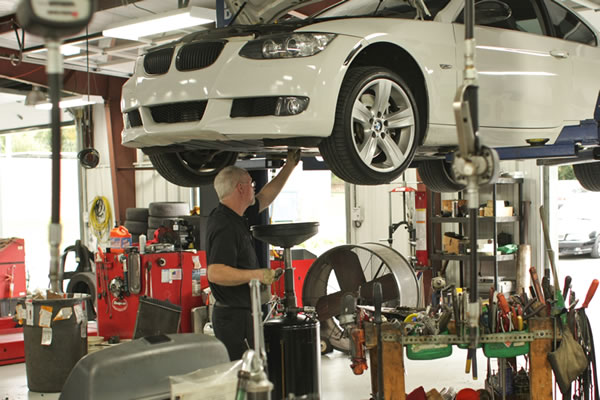
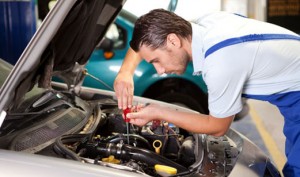 to changing a tire or the oil and maybe replacing a bulb. But for bigger issues we must go to a reputable and experienced mechanic.
to changing a tire or the oil and maybe replacing a bulb. But for bigger issues we must go to a reputable and experienced mechanic.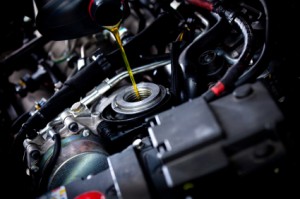 Better Business Bureau.
Better Business Bureau.
 Many may ask the question, why not just take a taxi? In some instances, it may be correct but we all know that not all taxies are in good condition, and not all taxi drivers are good mannered as well. You do not want to take your valuable client in a taxi with an irresponsible driver at the wheel do you? Your client will be worried and shaken up before he gets to your company business meeting and that could in turn effect its outcome. If you are after a long business trip, a taxi that drives fast and erratically can make you feel more drained and worn out.
Many may ask the question, why not just take a taxi? In some instances, it may be correct but we all know that not all taxies are in good condition, and not all taxi drivers are good mannered as well. You do not want to take your valuable client in a taxi with an irresponsible driver at the wheel do you? Your client will be worried and shaken up before he gets to your company business meeting and that could in turn effect its outcome. If you are after a long business trip, a taxi that drives fast and erratically can make you feel more drained and worn out.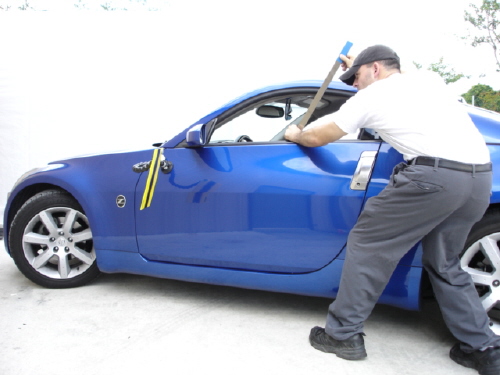
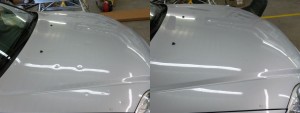 It works like this: the metal is manipulated from behind the panel. Using a series of special tools, the issue location is repaired and fixed. As long as there is no damaged paint, you can’t even tell where the dent was. You do not need to stress over sanding, painting, or body fillers either. The entire process is fast, reliable, and it is very economical, specifically when compared to a traditional auto body repair shop.
It works like this: the metal is manipulated from behind the panel. Using a series of special tools, the issue location is repaired and fixed. As long as there is no damaged paint, you can’t even tell where the dent was. You do not need to stress over sanding, painting, or body fillers either. The entire process is fast, reliable, and it is very economical, specifically when compared to a traditional auto body repair shop.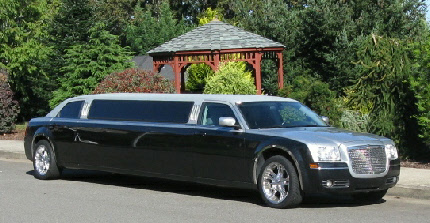

 quickly without stressing over driving and security problems. This is because a lot of these feature driver services. A lot of party buses have limousine functions that are dependable trademarks of success such as stereos, a CD player, updated seats, travel luggage partitions, laser lights, on-board washroom and power window locks. Whether one requires a party bus for a business journey, bachelor or bachelorette party, they can always rent a party bus. These can be found in different shapes and styles and let the professional drivers do their task. Renting a party bus conserves one the headache of arranging for transport in the future in the night.
quickly without stressing over driving and security problems. This is because a lot of these feature driver services. A lot of party buses have limousine functions that are dependable trademarks of success such as stereos, a CD player, updated seats, travel luggage partitions, laser lights, on-board washroom and power window locks. Whether one requires a party bus for a business journey, bachelor or bachelorette party, they can always rent a party bus. These can be found in different shapes and styles and let the professional drivers do their task. Renting a party bus conserves one the headache of arranging for transport in the future in the night. A party bus can be rented for a day, week or month. If they are employed for more than a day is charged a daily rate or mileage rate. Driver tips and overnight sleeping plans are not included in the cost. Reservations for a party bus need to be made as early as possible specifically throughout the summer season. In some cases, a deposit is needed to make a reservation and is typically put on one’s total charge.
A party bus can be rented for a day, week or month. If they are employed for more than a day is charged a daily rate or mileage rate. Driver tips and overnight sleeping plans are not included in the cost. Reservations for a party bus need to be made as early as possible specifically throughout the summer season. In some cases, a deposit is needed to make a reservation and is typically put on one’s total charge.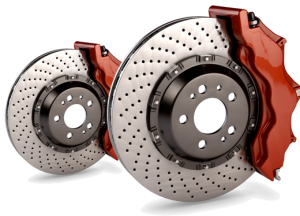 It would be a perfect world if our cars and trucks never required routine maintenance and upkeep; unfortunately, this is not the world we live in. Our vehicles require a certain level of care to preserve and sustain its appearance, well-being, and performance values. Routine maintenance services such as windshield wiper blade replacements, radiator flushes, tire rotations, oil changes, and more are pertinent to overall vehicle preservation and care. So what does this have to do with car brake repair? The answer is everything. Just like the rest of your car, brakes need special attention as well; and neglecting these areas of said attention can cause extra damages to a vehicle. When you start to notice signs of brake deterioration, complications, or damage, consult a professional automotive technician for a brake inspection before snowfall begins. Until then, continue reading and learn some identifiable signs and indications that suggest your car brakes need some work.
It would be a perfect world if our cars and trucks never required routine maintenance and upkeep; unfortunately, this is not the world we live in. Our vehicles require a certain level of care to preserve and sustain its appearance, well-being, and performance values. Routine maintenance services such as windshield wiper blade replacements, radiator flushes, tire rotations, oil changes, and more are pertinent to overall vehicle preservation and care. So what does this have to do with car brake repair? The answer is everything. Just like the rest of your car, brakes need special attention as well; and neglecting these areas of said attention can cause extra damages to a vehicle. When you start to notice signs of brake deterioration, complications, or damage, consult a professional automotive technician for a brake inspection before snowfall begins. Until then, continue reading and learn some identifiable signs and indications that suggest your car brakes need some work.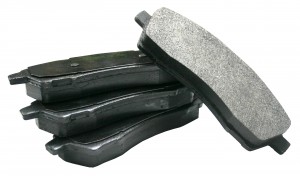
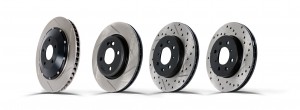 It is important to have your car brakes and braking system inspected by a licensed auto mechanic regularly or when indicated on your car’s owner manual. Brake pad replacements, smooth driving, and regular inspections can all prevent accidents from happening on the road from failed brakes. Catch a brake problem early on and avoid an expensive car brake repair need.
It is important to have your car brakes and braking system inspected by a licensed auto mechanic regularly or when indicated on your car’s owner manual. Brake pad replacements, smooth driving, and regular inspections can all prevent accidents from happening on the road from failed brakes. Catch a brake problem early on and avoid an expensive car brake repair need.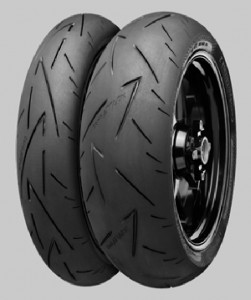 As everyone knows a motorcycle is a machine that requires proper handling if you need to make the best use of it. One of the most used part is the tires, which are usually in contact with the surface of the each, they therefore undergo risks of wear and tear. Although they are the most overlooked components in a
As everyone knows a motorcycle is a machine that requires proper handling if you need to make the best use of it. One of the most used part is the tires, which are usually in contact with the surface of the each, they therefore undergo risks of wear and tear. Although they are the most overlooked components in a 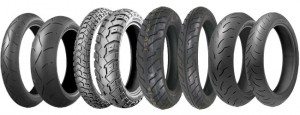
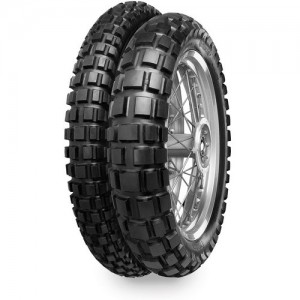

 Cars get better every year with better performance, more reliable cars being released yearly. Every new vehicle we drive is always more fuel efficient, more fun, more comfortable and more powerful than its predecessor. Choosing a good car has become easier as all manufacturers strive to be the best in this competitive market but getting the best car is quite tricky. For a car to be the best in the market, it should be reliable, comfortable, safe, have an outstanding performance amid other features. Here are some of the best
Cars get better every year with better performance, more reliable cars being released yearly. Every new vehicle we drive is always more fuel efficient, more fun, more comfortable and more powerful than its predecessor. Choosing a good car has become easier as all manufacturers strive to be the best in this competitive market but getting the best car is quite tricky. For a car to be the best in the market, it should be reliable, comfortable, safe, have an outstanding performance amid other features. Here are some of the best  Chevrolet Impala humbles Lexus ES350 and even Toyota Avalon. Roomy and large, this car comes with very comfortable sears and it rides like a real luxurious car. Other than its high rear deck and its deep parcel shelf that limits visibility, it is a good package. You can purchase one that is nicely equipped for about $35,000.
Chevrolet Impala humbles Lexus ES350 and even Toyota Avalon. Roomy and large, this car comes with very comfortable sears and it rides like a real luxurious car. Other than its high rear deck and its deep parcel shelf that limits visibility, it is a good package. You can purchase one that is nicely equipped for about $35,000. Effortless, quick and nimble, A6 pampers you with top notch luxury. It is a driver focused car with an elegant interior, comfortable seats and a large trunk. All the functions of this car are within a finger reach. The fuel economy is great combined with good security and the benefit of an all-wheel drive.
Effortless, quick and nimble, A6 pampers you with top notch luxury. It is a driver focused car with an elegant interior, comfortable seats and a large trunk. All the functions of this car are within a finger reach. The fuel economy is great combined with good security and the benefit of an all-wheel drive.